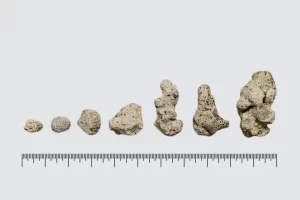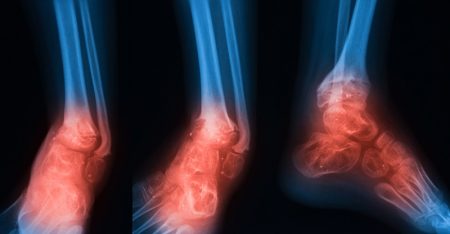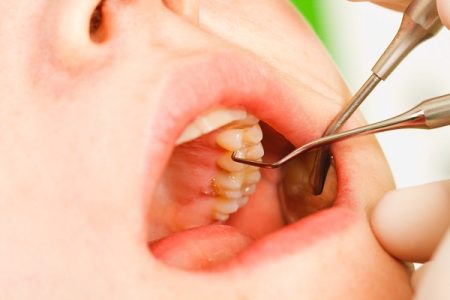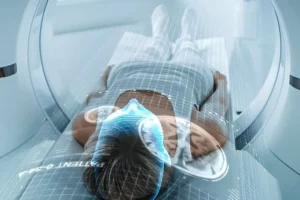Infection in Hip Bone: Causes, Symptoms, Treatment
- Updated on: Jun 26, 2024
- 2 min Read
- Published on Oct 3, 2019
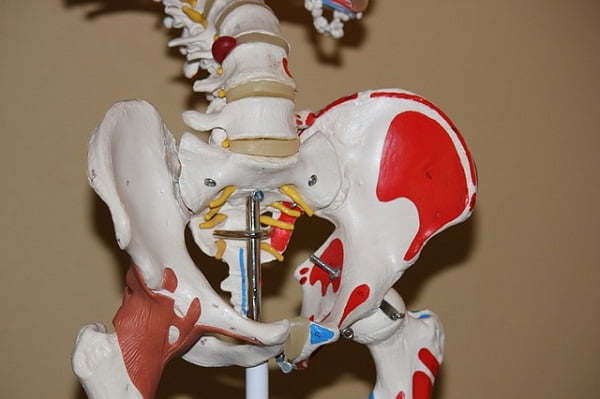

What is hip bone infection? How does infection in hip bone occur?
Osteomyelitis of hip bone (also called infection of hip bone) is a rare medical condition which generally happens after total hip replacement surgery. During a hip infection, germs such as bacteria, viruses, fungi and parasites get into the bone and joints and reproduce themselves. A bacterium called Staphylococcus aureus is responsible for 9 out of 10 bone and joint infections in children.
These germs can reach the surgical site during operation or after the operation to the wound via blood circulation and cause infection resulting in pain in bone and disabilities.
An infection manifested after hip replacement is classified as superficial and deep. Superficial infection doesn’t extend to the joints while deep infection is able to do that. A deep infection is a serious complication and can be acute and chronic depending on the time of onset.
More: Bone Infection in Foot, Toe and Leg Causes, Symptoms, Treatment
More: Jawbone Infection (Osteomyelitis In Jawbone): Symptoms, Causes, And Treatment
Symptoms and treatment of infection in hip bone
Symptoms of hip bone infection may include a fever and oozing of a clear liquid or pus from the wound. Pain is another symptom, but it can be misleading, since pain can occur because of many different conditions.
Pain manifestation after a hip surgery is not always indicative of an infection. Other symptoms include swelling, warmth and redness around the infected area.
On presentation, your doctor will look for sign and symptoms of hip bone infection. He/she may recommend for blood test and culture studies to confirm the presence or absence of bacteria and its type. For better visualisation of the condition, your doctor may also advice for X-ray, MRI scan and a bone scan.
Antibiotics administration constitutes the first line of treatment in infection of hip bone. The type and combination of antibiotics depends on the identification of causing agent. First, it is given intravenous (IV) and on improvement in the condition, the mode of treatment can be switched to oral. In severe conditions, a surgery may be required to drain the pus out of the wound or sometime replaced hip needs to be removed.
More: How Serious Is Osteomyelitis? Can Osteomyelitis Cause Death?
Complication and prevention of infection in hip bone (Osteomyelitis of hip bone)
If the infection of bone advances itself to joints, it may cause infection of joints also known as septic arthritis. In this condition there is a permanent damage to the cartilages with pain and future susceptibility to arthritis. There are no long term consequences if infections are treated early.
Rate of infection can be lowered by employing preventative antibiotics before a surgery.
